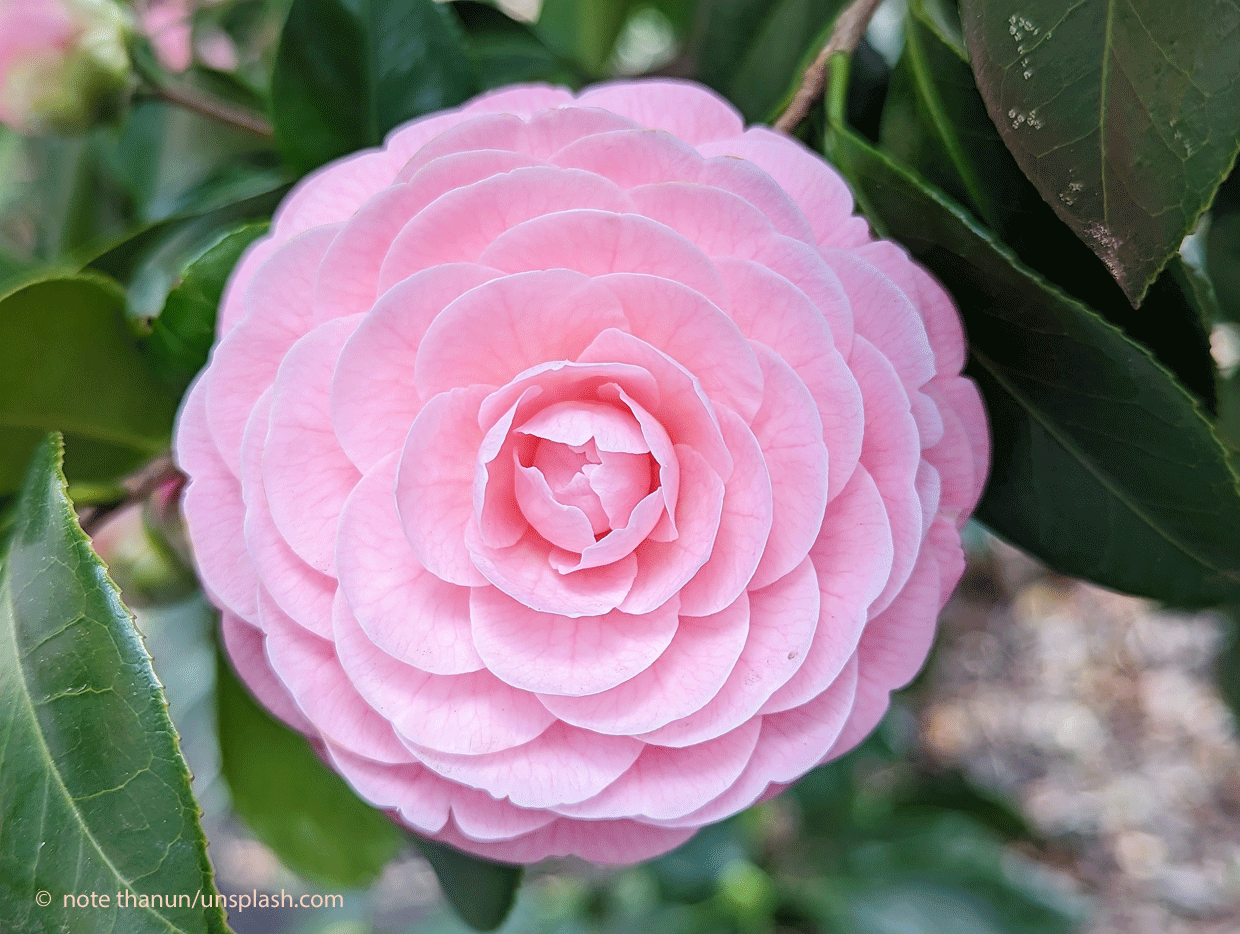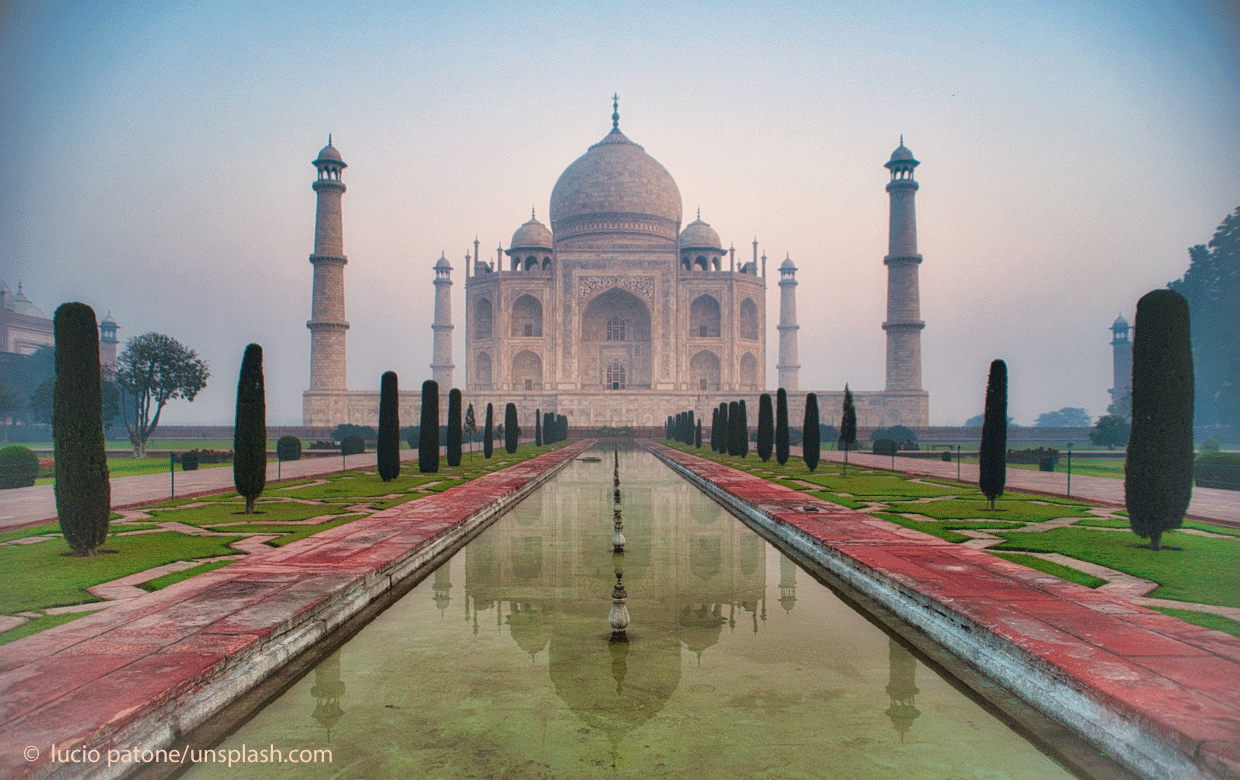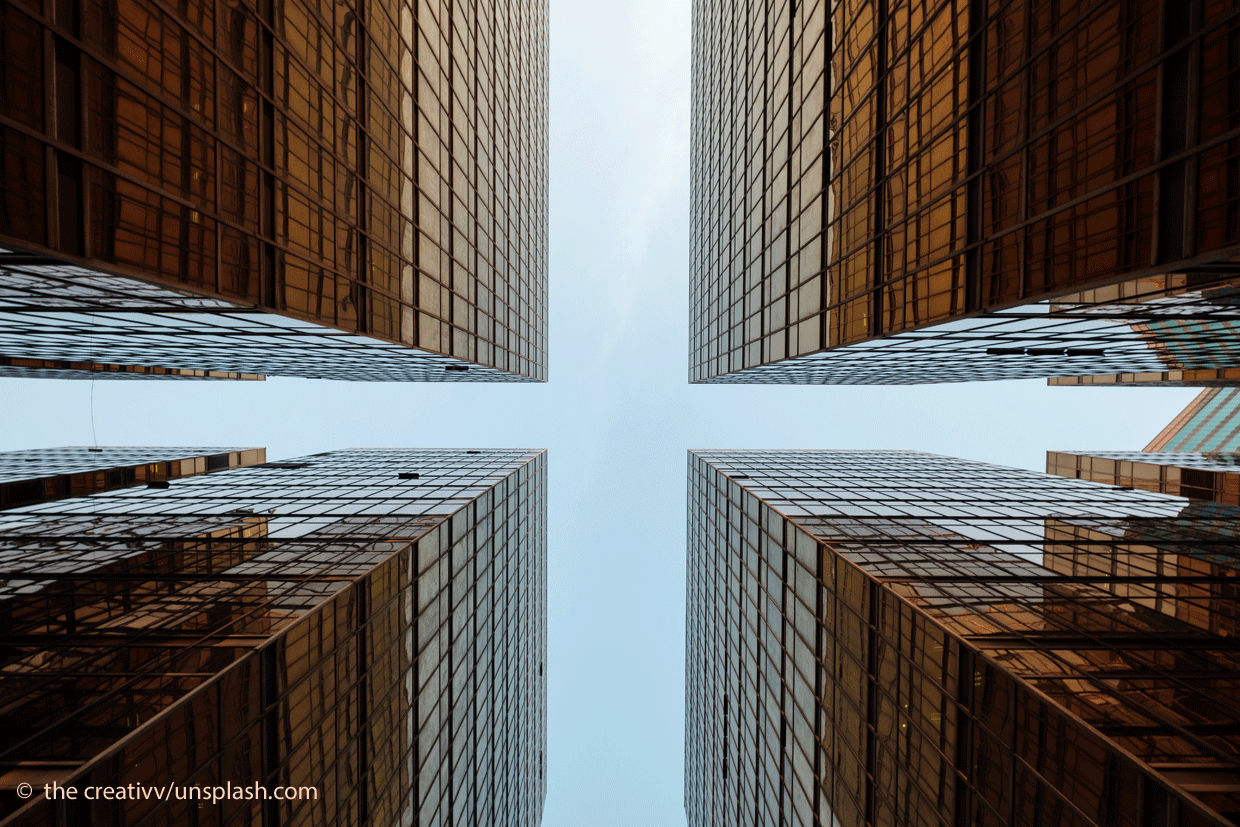The Oxford English Dictionary defines symmetry as “the exact match in size and shape between two halves, parts or sides of something”. In simple terms, something is symmetrical when it has two matching halves.
Symmetry can be found in buildings and in works of art. The film-maker Wes Anderson, for example, is famous for creating symmetrical compositions to bring a sense of visual balance to his shothier: Filmszeneshots.

Whether we realize it or not, we humans also seek out this ideal. But have you ever thought about why we are so attracted to symmetry?
Symmetry through the ages
The modern idea of symmetry as a sign of beauty or perfection to originateherstammen, entstehenoriginated in Italy at the beginning of the Renaissance. However, examples can be found much further back in time – from impressive man-made structureBauwerkstructures, such as the Pyramids of Giza and India’s Taj Mahal, to beautifully patterned Chinese potteryTon-, Porzellanwarenpottery.

Indeed, with the discovery of tools that were used by early humans around 1.6 million years ago, archaeologists believe that the first examples of symmetry date back to the Stone Age. The ancient Greeks developed a theory known as the golden ratioGoldener Schnittgolden ratio, which can be used to measure beauty in nature, art, design and even in the human appearance.
A sense of calm
So, why are we so attracted to symmetry? American physicistPhysiker(in)physicist Alan Lightman says our brains to strive to do sth.bestrebt, bemüht sein, etw. zu tunstrive to see things symmetrically because it helps us to “make sense of the world”.
“The reason must be partly psychological,” he writes in The Accidental Universe: The World You Thought You Knew. “Symmetry represents order, and we to crave sth.sich nach etw. sehnencrave order in this strange universe.”

Social media accounts to be dedicated to sth.sich etw. widmendedicated to symmetry have become popular, showing images of symmetrical skyscrapers and perfectly positioned food. Thousands of people follow accounts such as Symmetry Breakfast and Geometry Club on Instagram.
“Spending time looking at these feedFeed, abonnierbare, ständig aktualisierte Liste neuer geposteter Inhaltefeeds can be therapeutic,” Dave Mullen, founder of Geometry Club, told the BBC.
So, next time you’re on social media, why not test out this theory for yourself and to sootheberuhigensoothe yourself with symmetry?



